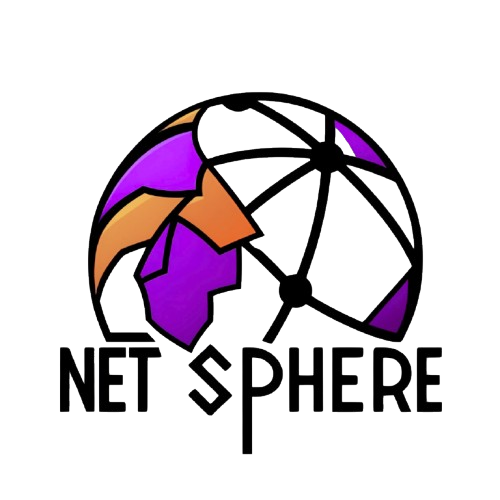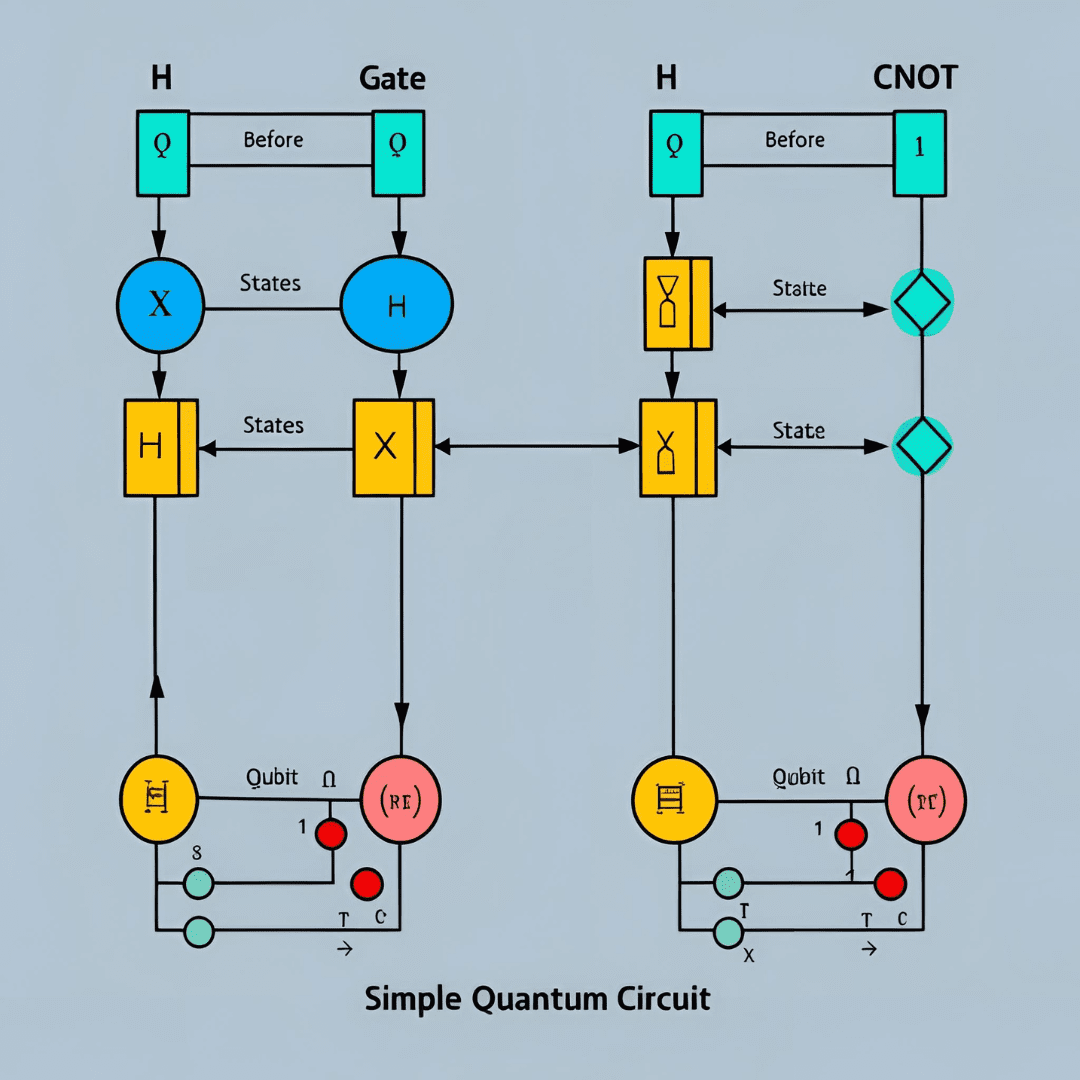In a world that’s increasingly driven by digital innovation, few technologies have captured global attention as quickly and dramatically as ChatGPT. Since its official release by OpenAI in November 2022, ChatGPT has sparked both fascination and debate — from Silicon Valley startups to academic institutions, corporate boardrooms, and everyday internet users. But what exactly is ChatGPT? Why is it considered a revolutionary tool in the field of artificial intelligence (AI)? And how can it be leveraged for everything from productivity and education to marketing and search engine optimization (SEO)?
This comprehensive guide will explore what ChatGPT is, how it works, its key applications, advantages, limitations, and its growing role in the digital ecosystem — especially in content creation and SEO strategies.
Understanding ChatGPT: The Basics
ChatGPT is a conversational AI model developed by OpenAI, based on the GPT (Generative Pre-trained Transformer) architecture. The current versions are built on GPT-3.5 and GPT-4, which are among the most powerful language models in existence.
At its core, ChatGPT is designed to generate human-like responses in real-time. It can carry on text-based conversations, answer questions, explain complex concepts, write articles, translate languages, and even write code.
Unlike traditional chatbots, which operate using decision trees or rigid rules, ChatGPT uses a deep learning neural network trained on vast datasets that include books, articles, websites, and other text sources. This allows it to understand context, nuance, and intent — making its responses surprisingly natural and accurate.
How Does ChatGPT Work?
ChatGPT uses a specific kind of AI called a Transformer model. This architecture enables it to analyze the relationship between words in a sentence and across sentences to generate meaningful and coherent responses. Here’s how it works in simple terms:
- Pre-training: The model is trained on large datasets of text from the internet. It learns grammar, facts about the world, reasoning abilities, and even some degree of common sense.
- Fine-tuning: After pre-training, the model undergoes supervised and reinforcement learning to refine its responses.
- Prompt-response mechanism: When a user enters a prompt (a question or statement), ChatGPT analyzes the input and predicts the most likely continuation — generating a full response word-by-word based on probabilities.
This ability to generate relevant and context-aware responses is what makes ChatGPT stand out from previous generations of chatbots or AI assistants.
Why Is ChatGPT Making Headlines Worldwide?
The buzz surrounding ChatGPT is not just about its technical capabilities — it’s about its impact across industries and societies. Here’s why everyone’s talking about it:
- Accessibility: Anyone with internet access can use ChatGPT. Its free and premium versions make it widely available.
- Versatility: From students writing essays to developers debugging code, the use cases are almost endless.
- Human-like communication: ChatGPT can converse in a way that feels surprisingly natural, intelligent, and relevant.
- Time-saving: It helps users write, edit, summarize, and research faster than ever.
- Innovation catalyst: Businesses are building tools, apps, and entire startups powered by ChatGPT.

Top Applications of ChatGPT
Let’s dive deeper into how people are using ChatGPT in everyday life and professional settings:
1. Content Creation
Writers, bloggers, journalists, and marketers use ChatGPT to:
- Generate blog post ideas
- Write article drafts
- Create social media content
- Develop email marketing copy
- Write SEO-optimized product descriptions
2. Customer Support
Companies integrate ChatGPT into chatbots to:
- Answer FAQs instantly
- Provide 24/7 customer service
- Handle basic troubleshooting
- Reduce response times
3. Education and Learning
Students and teachers benefit from:
- Quick explanations of complex topics
- Language translation
- Homework assistance
- Writing feedback and grammar correction
4. Programming Help
Developers use ChatGPT to:
- Debug code
- Generate snippets
- Explain algorithms
- Learn new programming languages
5. SEO and Digital Marketing
SEO experts leverage ChatGPT to:
- Discover and refine keywords
- Write meta descriptions and titles
- Optimize blog content for ranking
- Create content clusters and pillar pages
ChatGPT and SEO: A Game-Changing Partnership
One of the most exciting uses of ChatGPT is in the realm of search engine optimization. Here’s how it’s helping marketers and content creators climb to the top of search results:
Keyword Research
ChatGPT can generate keyword ideas based on topics, trends, and user intent. You can also use it to create long-tail keyword variations for niche targeting.
Content Optimization
Need to rewrite a paragraph to be more SEO-friendly? ChatGPT can adjust tone, structure, and keyword placement without sacrificing readability.
Meta Tags
Creating meta titles and descriptions that drive clicks is easier with AI assistance. Just provide the target keyword and let ChatGPT generate variations.
Featured Snippet Optimization
Want to target the “People Also Ask” or Google’s featured snippets? ChatGPT can format answers in concise, structured ways that meet Google’s standards.
Content Planning
You can ask ChatGPT to outline entire content calendars, recommend blog series, and suggest internal linking strategies.
Best Practices for Using ChatGPT in Content Creation
While ChatGPT is powerful, getting the best results requires a bit of strategy. Here are some pro tips:
- Be specific with your prompts: The more detail you provide, the better the response. Instead of “Write about AI,” try “Write a 600-word blog post about how ChatGPT is transforming online education.”
- Fact-check everything: ChatGPT doesn’t access the internet in real-time, so always verify facts and stats.
- Edit and personalize: Use AI as a first draft, then revise the tone and style to match your brand voice.
- Use formatting wisely: Break content into headings, bullet points, and short paragraphs for readability and SEO.
- Include calls to action (CTAs): Encourage readers to take the next step — whether that’s subscribing, commenting, or purchasing.
Limitations of ChatGPT
It’s important to understand where ChatGPT falls short:
- Lack of real-time information: ChatGPT has a knowledge cutoff and doesn’t pull live data unless integrated with plugins.
- Potential for bias: It reflects the biases present in its training data.
- Not infallible: It can sometimes “hallucinate” — making up facts or presenting outdated information.
- Needs supervision: Always have a human review AI-generated content, especially for sensitive topics.
ChatGPT vs. Other AI Tools
While ChatGPT is a leader, it’s not alone in the AI space. Here’s a quick comparison:
| Tool | Strengths | Limitations |
|---|---|---|
| ChatGPT | Conversational AI, creative writing | Limited real-time data |
| Google Bard | Access to Google search data | Less creative with long content |
| Jasper AI | Marketing-focused content | Paid plans required for full use |
| GrammarlyGo | Editing and rewriting | Not a full content generator |
Future Trends: Where Is ChatGPT Heading?
As AI evolves, so will ChatGPT. Expect to see:
- Voice integration for real-time conversations
- Multimodal capabilities (text, image, video)
- Real-time data access
- Personalized AI agents for specific tasks
- Advanced collaboration tools for teams
These developments will make ChatGPT even more powerful, opening new doors for content creation, marketing, customer service, and beyond.
Why You Should Care About ChatGPT
ChatGPT is more than a viral tech trend — it’s a powerful tool reshaping the way we think, work, write, and interact online. Whether you’re a business owner looking to improve your content strategy, a student aiming to study smarter, or a marketer striving for better SEO, understanding and using ChatGPT effectively can give you a serious competitive edge.
In a digital world where speed, relevance, and engagement are key, AI tools like ChatGPT are not just helpful — they’re essential















